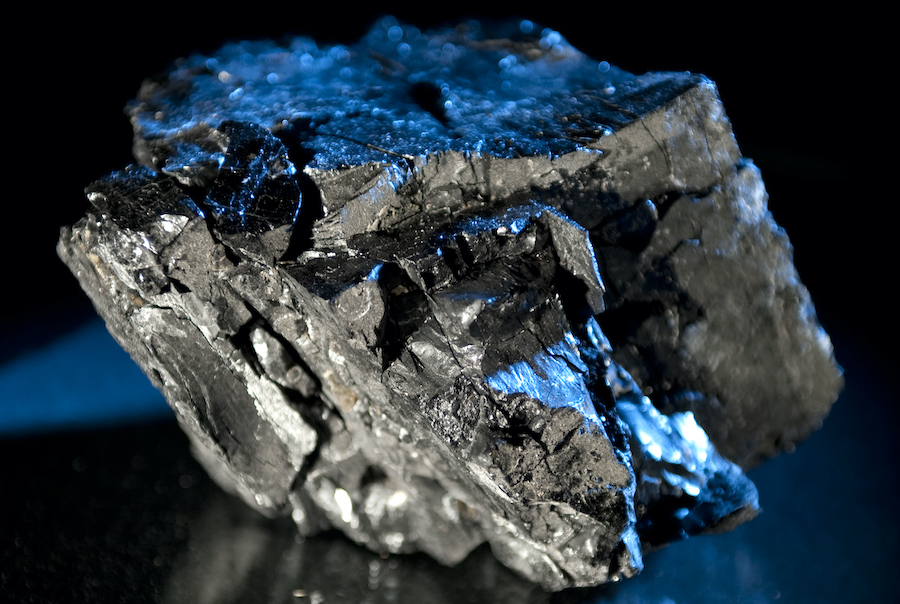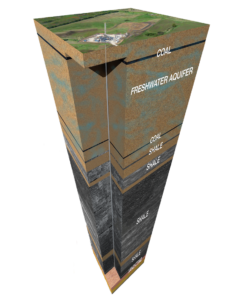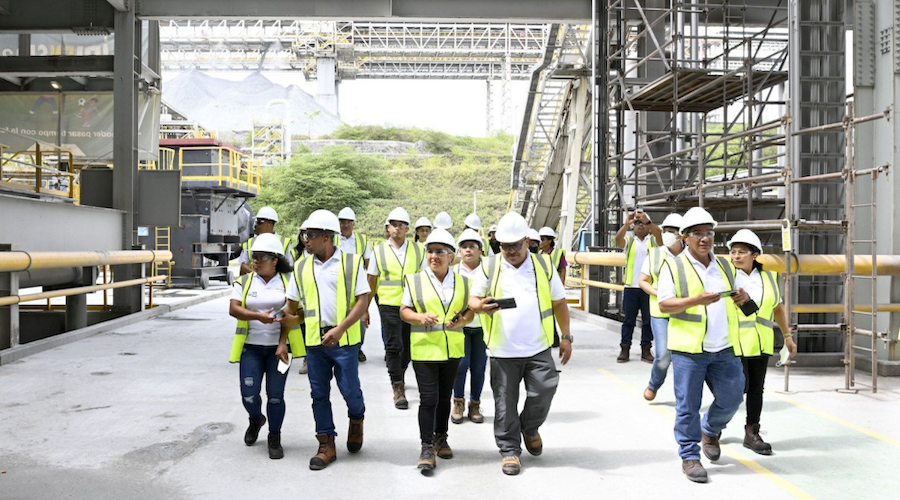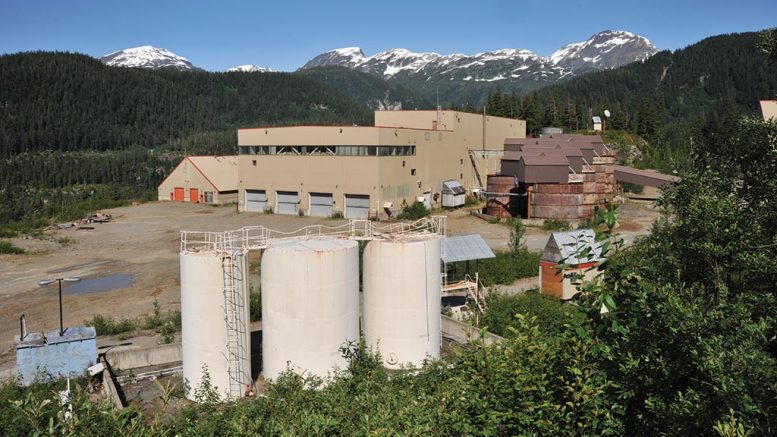How the US top coal-producing state is moving to net-zero emissions

Two initiatives aimed at supporting net-zero emissions in the Carbon Valley region are being advanced in Wyoming, the US’ leading coal-producing state.
With 16 active mines, Wyoming accounts for almost 40% of the country’s coal production. Between 1865 and January 1, 2020, more than 12.2 billion short tons of coal had been mined in the state, most of them in the last 20 years.
To counteract the pollution caused by extractive industries, Xprize, a nonprofit organization spurring tech innovation via competition, launched the NRG COSIA Carbon XPRIZE five years ago and its winners are to be announced in April.
The $15-million engineering contest was designed for those working to revamp today’s coal plants.

In detail, teams from around the world were selected to work at the Wyoming Integrated Test Center (ITC), a carbon capture, utilization and storage testing facility where 5% of the exhaust gas from the Dry Fork plant goes into a manifold system, providing ‘plug and play’ access for researchers. The idea is that they harness plant emissions so that their only byproduct becomes water vapor.
One of the teams worked on turning solar energy and carbon dioxide into a marketable product – syngas – for jet fuel, while another is producing concrete materials from the waste flue gas to mitigate CO2 emissions.
In parallel, a scientific team from the University of Wyoming has set out to demonstrate safe and secure geologic CO2 storage. The process should eventually lead to the commercialization of large-scale subsurface storage near the Dry Fork Station.
In the summer of 2021, the researchers expect to finalize geologic models to understand CO2 plumes and begin drilling their second CO2 test well. This will allow them to complete the geologic characterization and install a baseline monitoring network to scan carbon dioxide levels in the soil.
Upon project completion, the UW team expects to have advanced the science of carbon capture and storage – with beneficiaries ranging from the US Department of Energy to the coal and utility industries.
More News
{{ commodity.name }}
{{ post.title }}
{{ post.date }}




Comments